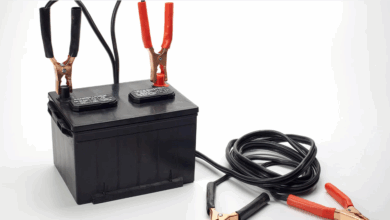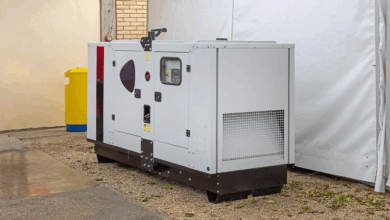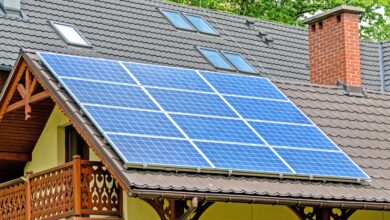How to Bypass CO Sensor on Generator – [4-Step Safety Guide]
![How to Bypass CO Sensor on Generator – [4-Step Safety Guide]](https://www.generator411.com/wp-content/uploads/2025/08/co-sensor-on-generator-780x470.png)
If your generator’s carbon monoxide (CO) sensor keeps beeping or your unit shuts off unexpectedly despite being in a well-ventilated area, a faulty CO sensor could be the cause.
In this guide, we’ll walk you through how to safely bypass the CO sensor—but only temporarily and for diagnostic purposes. This should help you determine whether the sensor is at fault.
What Is a CO Sensor on a Generator?
A carbon monoxide (CO) sensor is a safety device designed to detect unsafe levels of carbon monoxide gas produced by engines. When high CO levels are detected, the sensor triggers an alarm and shuts down the generator to prevent CO poisoning.
According to the Centers for Disease Control and Prevention (CDC), over 430 people die annually in the U.S. due to CO poisoning. Because of this, most modern generators are now equipped with CO sensors—especially important for use in garages, RVs, or other enclosed spaces.
How to Bypass the CO Sensor on a Generator (4 Steps)
Warning: This procedure is intended only for temporary troubleshooting. Operating a generator without a CO sensor is extremely dangerous and should not be done unless absolutely necessary.
Step 1: Shut Off the Generator
Turn off your generator and allow it to cool completely before proceeding. This ensures safe handling of the engine and internal components.
Step 2: Access the CO Sensor
Open the control panel using a screwdriver. Inside, look for the CO sensor module—typically a small white or black box connected by a couple of wires.
Step 3: Disconnect the Sensor
Carefully unplug or disconnect the wires connected to the CO sensor. Be gentle to avoid damaging nearby wiring or components.
Step 4: Start the Generator
Power the generator back on. If it runs smoothly without shutting off, the CO sensor was likely faulty. Do not operate the generator in this state for more than a few minutes—this step is only for diagnostic purposes.
Why Would You Need to Bypass the CO Sensor?
You might consider bypassing the CO sensor if your generator is constantly shutting down or the sensor keeps beeping even when used outdoors or in ventilated conditions.
By temporarily bypassing the sensor, you can confirm whether the issue lies with the sensor itself or another part of the generator. If the generator runs fine afterward, replacing the sensor is the best next step.
Important Note: Never bypass a working CO sensor for convenience. These sensors are essential for your safety, especially in enclosed or partially enclosed areas.
Do You Really Need a CO Sensor on Your Generator?
Absolutely. A functioning CO sensor is critical for safety. If your generator didn’t come with one, consider purchasing an external CO detector—especially if you’re running the generator near a home, tent, or RV.
Safety Checklist Before You Bypass the CO Sensor
- ✅ Always operate the generator outdoors or in a well-ventilated area.
- ✅ Allow the generator to fully cool before touching internal parts.
- ✅ Read your generator’s user manual to understand its wiring and safety systems.
- ✅ Replace the faulty CO sensor immediately after confirming the issue.
- ⚠️ Bypassing a CO sensor may violate local laws or result in fines. Check your region’s safety regulations before modifying your generator.
Do Whole House Generators Emit Carbon Monoxide?
Yes. Whether portable or standby, all generators emit carbon monoxide during operation. This odorless, colorless gas can be fatal in high concentrations, which is why proper installation and ventilation are essential.
Temporarily bypassing your generator’s CO sensor can help you troubleshoot issues like constant shutdowns or false alarms. However, it is not a long-term solution. If the sensor is faulty, replace it as soon as possible.
CO sensors save lives. I personally keep an extra CO detector for both my RV and home—even though I always run my generator at least 15 feet away from any living space.




